Nationality Austrian Period Impressionism Name Olga Wisinger-Florian | Movement Impressionism Known for Painting | |
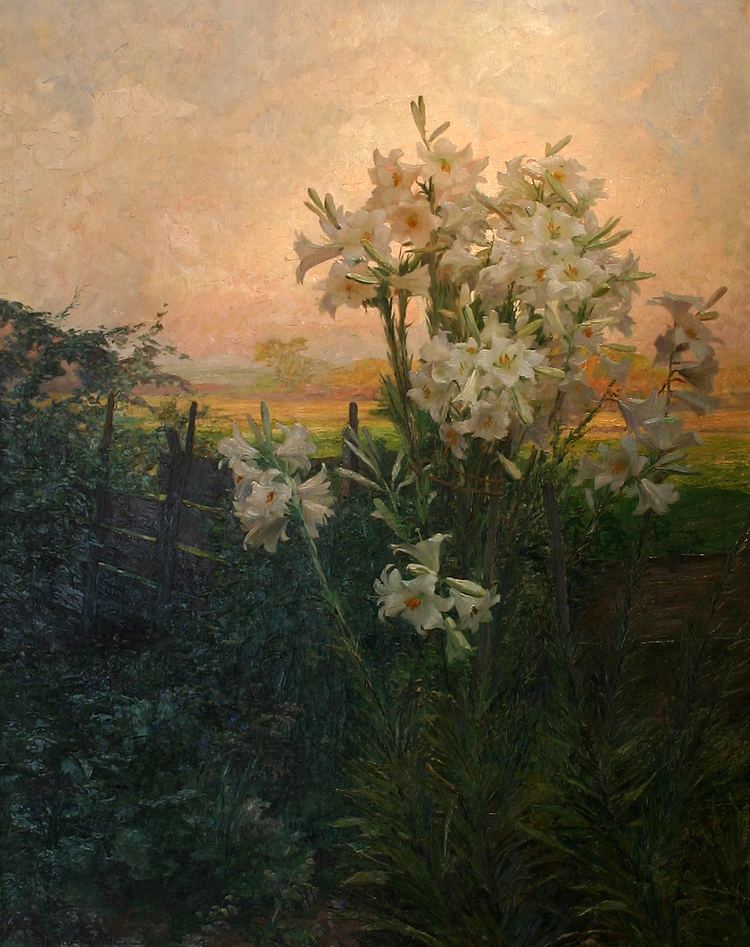 | ||
Died February 27, 1926, Grafenegg, Austria | ||
Olga Wisinger Florian paintings Mozart Concerto n° 5
A Arte de Olga Florian
Olga Wisinger-Florian (1844 – 1926) was an Austrian impressionist painter, mainly of landscapes and flower still life. She was a representative of the Austrian "Stimmungsimpressionismus" (Mood Impressionism), a loose group of Austrian impressionist painters that was considered avant-garde in the 1870s and 1880s.
Contents
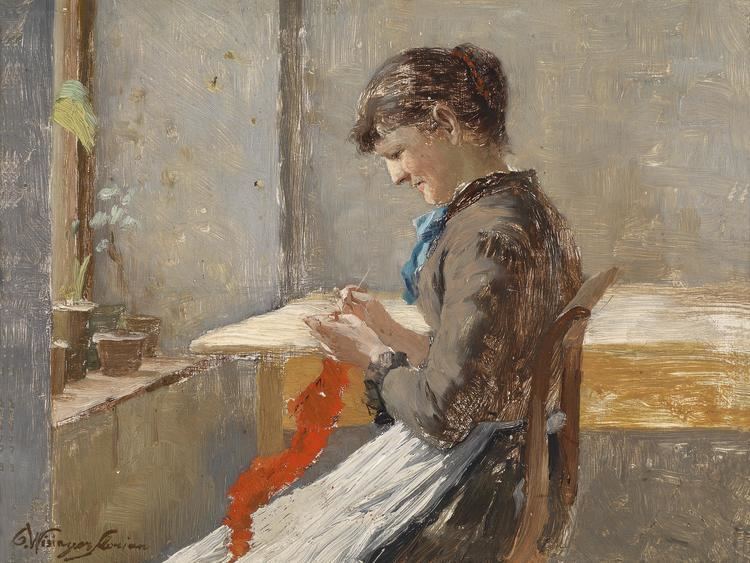
Life
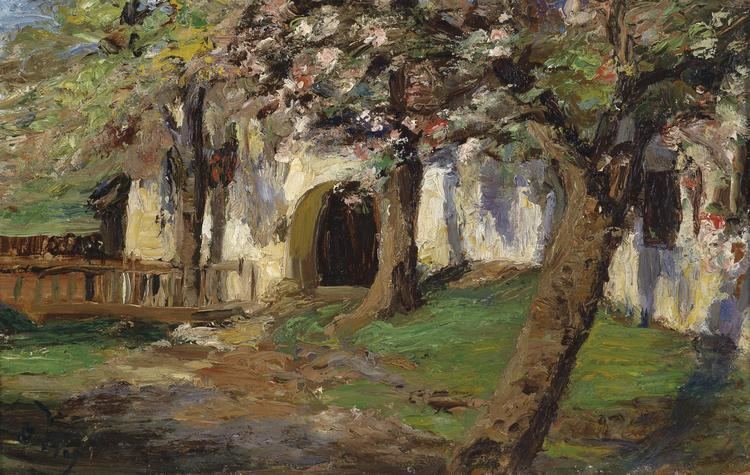
Wisinger-Florian was born and lived all her life in Vienna. She began private art lessons at age 19. Frustrated with her progress and the quality of the instruction, she followed her parents' wishes and trained as a concert pianist with Julius Epstein. From 1868 to 1873 she had some success as a pianist, until a hand injury forced her retirement from the piano.

At age 30, Wisinger-Florian returned to painting, and devoted herself wholly to its study. She studied first with August Schaeffer and then with Emil Jakob Schindler. When she was 35 she was included in an exhibition of the Viennese Art Association. She was one of only nine women asked to contribute to Die österreichisch-Ungarische Monarchie, a 24-part encyclopedia of the lands and peoples of the Austro-Hungarian empire—of the other women included, Wisinger-Florian was the lone Austrian.
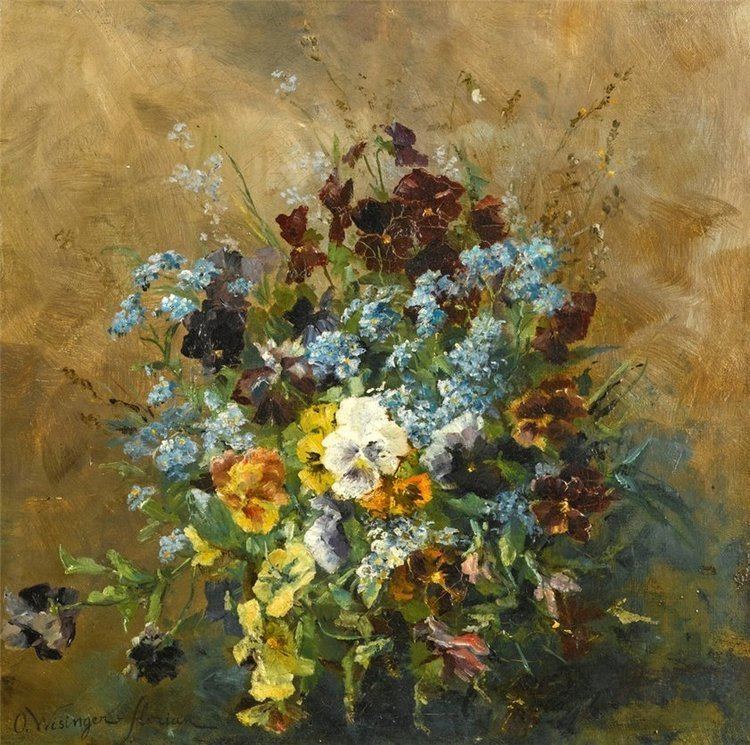
From 1881 she regularly showed paintings at the annual exhibitions mounted at the artist's house and later often showed at Vienna Secession exhibitions. The work she showed at the Paris and Chicago international exhibitions earned her worldwide acclaim. The artist, who was also active in the middle-class women's movements of the time, was awarded numerous distinctions and prizes. Wisinger-Florian's early paintings can be assigned to what is known as Austrian Mood Impressionism. In her landscape paintings she adopted Schindler's sublime approach to nature. The motifs she employed, such as views of tree-lined avenues, gardens and fields, were strongly reminiscent of her teacher's work. After breaking with Schindler in 1884, however, the artist went her own way. Her conception of landscapes became more realistic. Her late work is notable for a lurid palette, with discernible overtones of Expressionism. With landscape and flower pictures that were already Expressionist in palette by the 1890s, she was years ahead of her time.
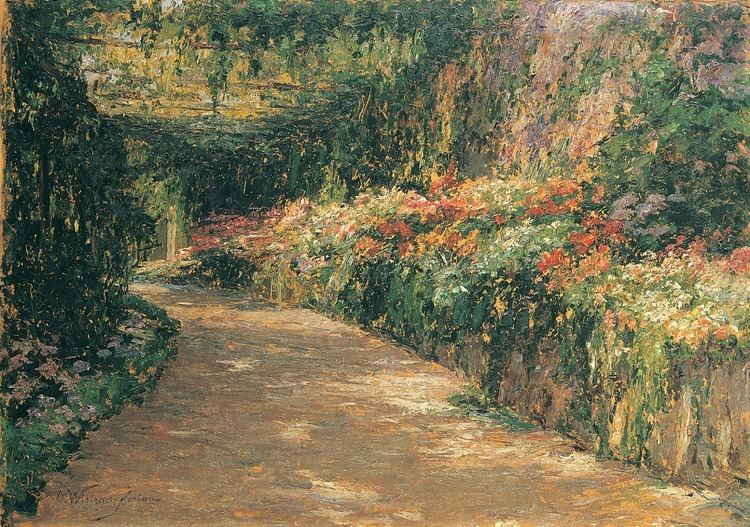
Despite her late start as a painter, Wisinger-Florian enjoyed renown in fin de siècle Vienna.
